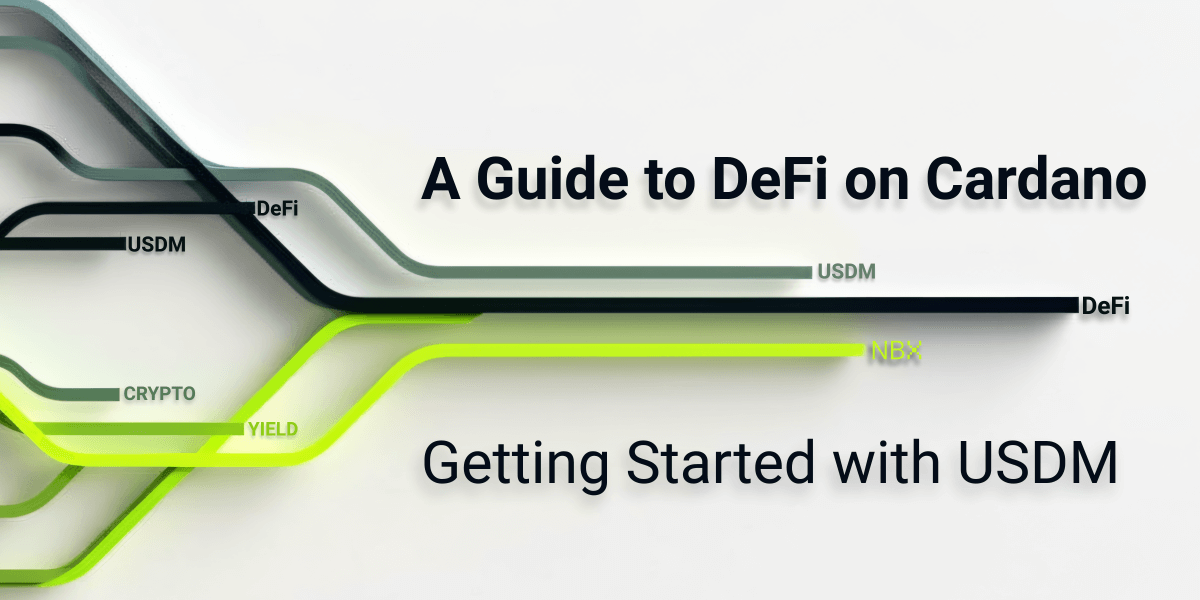The total supply of Bitcoin is limited to 21 million units by design. This limit is part of Bitcoin's code and is implemented through a mechanism called "mining rewards."
When Bitcoin was first launched in 2009, the reward for mining a block of transactions was set at 50 Bitcoins. However, for every 210,000 blocks that are mined, the reward is halved. This means the reward for mining a block was reduced to 25 Bitcoins in 2012, then 12.5 Bitcoins in 2016, and so on. This process is known as the "halving" and is programmed to continue until the reward reaches zero.
Once all 21 million Bitcoins have been mined, the reward for mining new blocks will be zero, and no more Bitcoins will be created. This limit on the total supply of Bitcoin is intended to prevent inflation and maintain the value of the cryptocurrency over time.
The fact that there will only ever be 21 million Bitcoins has also contributed to the asset's scarcity and received value. As demand for Bitcoin increases, its finite supply may help to drive up its price, as there is a limited amount of the asset available for purchase.
When all Bitcoin, which is digitally scarce, has been mined, there will be a total of 21 million Bitcoins in circulation. This is expected to happen around the year 2140, based on the current rate of mining rewards halving approximately every four years. Once all Bitcoin has been mined, the supply of new coins will come to an end. At this point, miners will no longer receive block rewards for validating and adding transactions to the blockchain. Instead, they will rely on transaction fees paid by users to maintain the network.
The end of mining rewards will have several implications for the Bitcoin ecosystem. For one, it will mark the end of the Bitcoin creation process and ensure that the total supply of Bitcoin remains fixed at 21 million. This will help to maintain the asset's scarcity and potentially drive up its price if demand continues to increase. Overall, the end of Bitcoin mining rewards is still many years away. It remains to be seen how the Bitcoin ecosystem will evolve as the asset approaches its maximum supply.
The article does not constitute financial advice.


